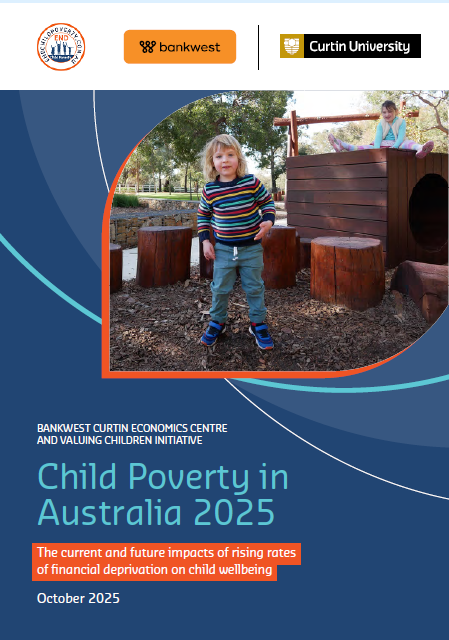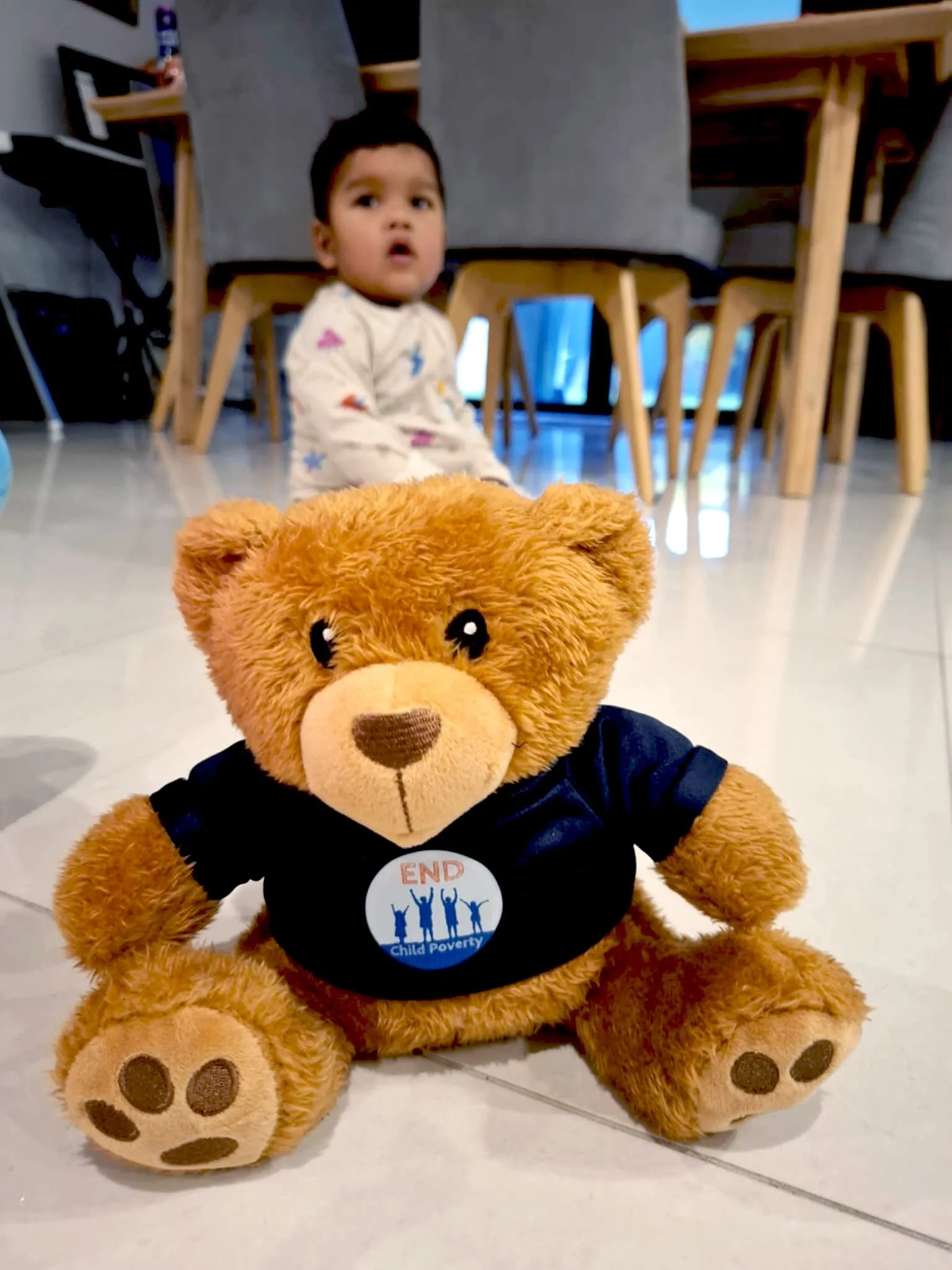
End Child Poverty
in Australia
“I think we need some more food, shops and lots of food and water so more and more people can survive. I think we should start making more money with solid paper cause people are struggling with the money.”
Poverty scars our children
Every day in Australia, nearly 1million children live in poverty - The Bankwest Curtin Economics Centre.
“Poverty scars people. It gets under the skin. Children growing up in poverty often carry these scars with them for life.”
The impact poverty has on children can last a lifetime. This is despite having parents who love them and trying to do their best.
Poverty affects a child’s health, mental health and wellbeing. Many children report missing out on essential items like food, clothes, housing and often friendships because they have to move so often.
We are calling on the Federal Government to legislate an end to child poverty and make children a priority in Australia.
-

1 in 6 children live in poverty.
-

A child who lives in poverty is 3.3 times as likely to live in poverty as an adult.
-

The Australian Government does not officially define or measure poverty.
We need legislation to measure, report and end child poverty.
We know all children can thrive, be healthy and achieve at school when they have what they need to develop well. In this election and next term of Parliament, we need all our parliamentarians and candidates to commit to end child poverty in Australia. We are calling for the parliament to introduce legislation to End Child Poverty with measures and actions to achieve this goal. To treat all of Australia’s children fairly, we need to ensure every family has what they need. A legislated plan to end child poverty would be a huge step to achieving this.
Professor Sharon Bessell
“Poverty is a deeply personal experience, but it creates experiences that are often similar across places. This is not a story of any one community failing children or not having a range of assets locally. It is a story of how children’s lives are impacted by poverty, and it is a story that plays out in communities across Australia daily.”
Australians are highly concerned about child poverty
Australians are highly concerned about the effects of poverty on children’s education and employment (85%) and their health and lifespan (83%).
7 in 10 (69%) were concerned that Australia has higher child poverty rates than most other developed countries.
More than 4 in 5 (81%) agree that income support payments should be set at a rate that does not cause any child to live in poverty.
83% of those polled want the government to regularly measure and report poverty rates in Australia.

Children know when they are living in poverty
“[My brother] sleeps on the couch, and I sleep on the ground on a mattress. She [younger sister] sleeps next to me.”
— 12 year old
“It’s kinda difficult sometimes [doing the grocery shop] ‘cause sometimes my mum won’t have enough money. ‘Cause we have a house that we are renting and we have to pay rent and all the other bills so sometimes it is really hard to buy the groceries.”
— 8 year old
“It was winter and it was freezing. I didn’t have enough clothes to keep me warm, and there was no heating in the house. So I was kinda freezing.”
— 12 year old
“We were once homeless for I think 2 months, we had to live in our auntie’s backyard....and then we had an emergency unit for like 12 months and now we have a house.”
— 11 year old
Quotes from children living in poverty from More for Children: Children’s Experiences of Poverty in Australia - Children's Policy Centre – The Australian National University
Poverty affects far too many children across Australia
7 in 10 single parent households had experienced food insecurity in the past 12 months, with 2 in 5 experiencing severe food insecurity.
1 in 4 people without homes are children aged under 18 years; the number of homeless children under 18 increased by 12% since the 2016 Census, while overall homelessness increased by 5%.
Families on lower incomes are also more likely to live in older and poorer quality housing. Over 2.5 million Australians are estimated to be living in unhealthy housing.
More than 180 organisations across Australia have joined the End Child Poverty campaign calling on all Federal Parliamentarians to pass legislation by 2030. The legislation would include actions to achieve this goal, acknowledging the inherent right of all our children to live a life free from deprivation and hardship.
We can end child poverty in Australia
We’ve done it before…..
Australia made great strides in the 1990’s when the former PM Bob Hawke and his government committed to end child poverty. Child poverty wasn’t eliminated but it was reduced by 30% through a combination of policies including increasing family payments to reflect the cost of children; linking family payments to wage growth, to maintain pace with the cost of living and; introducing a new supplement for low-income families and rent assistance to help families and others on low incomes to assist with the cost of rent. The introduction of the child support scheme was another important poverty reduction measure, yet all these measures have been rolled back.
The Economic Inclusion Advisory Committee 2025 agrees ‘a comprehensive measure be accepted across government’. Official poverty measures are common in comparable nations and Australia’s lack of such a measure makes us an outlier. Global best practice suggests that the best measures of poverty have the following features: they have two components – monetary and multidimensional; they are undertaken by their nation’s chief statistical organisation – in our case the ABS; and they are reported on annually.
We can do it again!
The fight to end child poverty is making headlines! From policy discussions to real stories of impact, media coverage is shining a light on the urgent need for action. See the media coverage here










